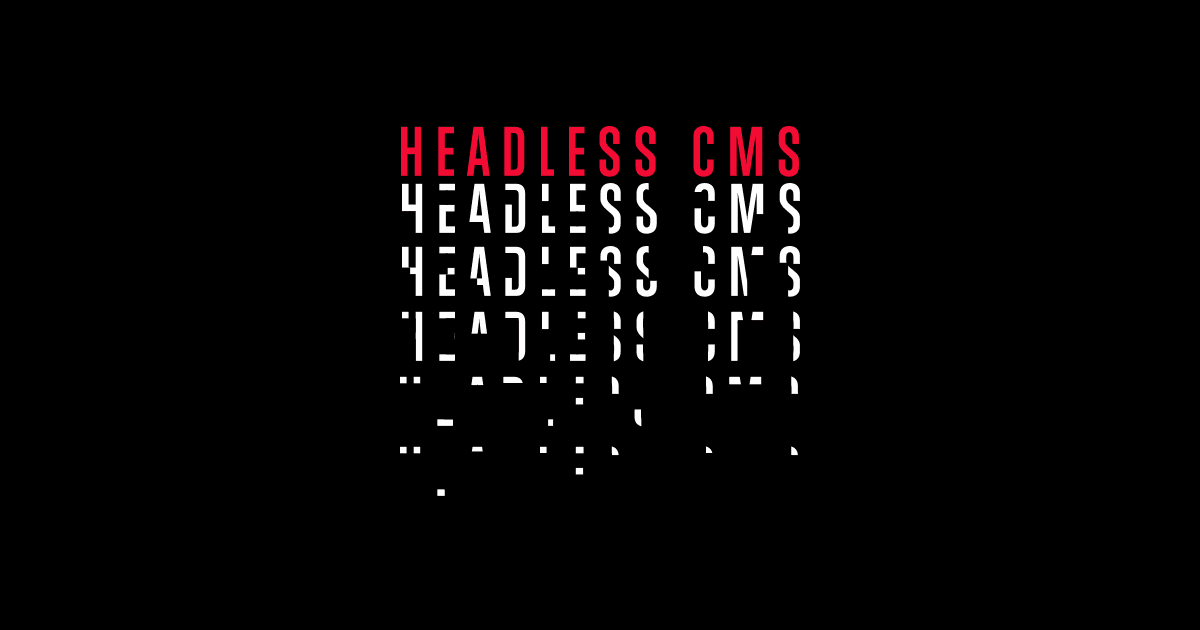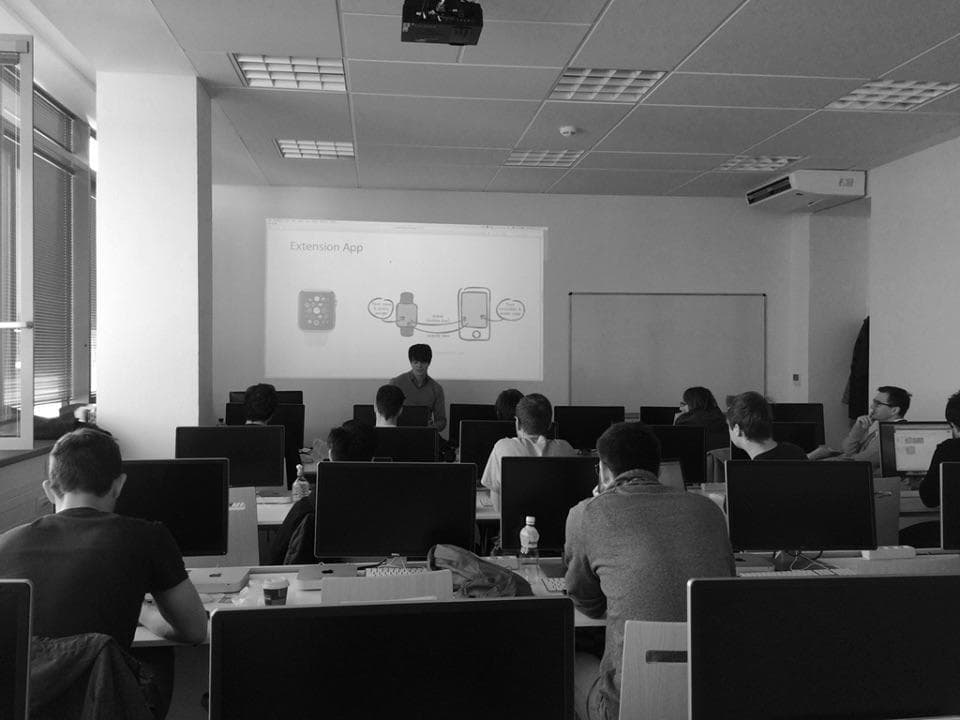They cost a lot to implement and maintain and can present a host of security risks. They are also not very flexible, bogged down by multi-template layers and framework restrictions that can make introducing mobile functionality challenging.
But there is a simple solution — go headless.
Integrate with any codebase
A relatively newish concept, a Headless CMS essentially takes frontend out of the equation, allowing developers to integrate with any codebase. The focus is on the API and the backend technology used to store and deliver content to any device or website.
The same editing capabilities are still available to users but without all the ifs ands or butts that govern many of the traditional CMS approaches.
“Headless provides us with a lot of freedom over how we implement content itself. We have full control over what the end product will look like, and we don’t have to waste valuable time building templates from the ground up,” explains Danny Kijkov, lead of STRV’s frontend team. “We build web apps that are nicely tuned for mobile, and that’s where we want to focus our energy.”
Delivering a traditional CMS is time-consuming, Danny points out, whereas a headless CMS is relatively simple to deliver, as developers can usually find premade templates that are well-suited for many variations of a product online.
“I would say these are efficient enough for many of our clients. Simply put, headless is more modern than traditional CMS approaches,” says Danny. “It gives us a lot more sustainability and more control over what is going to be on the frontend, because we are the ones who are creating this frontend.”
“When we are talking about multiple apps consuming the same API, it makes sense to kind of extract it and put it into a real API,” Danny adds. “And this helps us to maintain the whole process of every single app and make sure they have the same data.”
When to go headless
Is there a time when a traditional CMS would be better than going headless?
It depends on the product, Danny concedes, though he is quick to add that the better question is whether or not a full-fledged CMS is needed at all.
“A lot clients usually want to do some kind of CMS, especially for landing pages, which takes time and money,” Danny says. “However, if you only plan on changing the content on your site once or twice a year, do you really need a CMS? Probably not.”
If, on the other hand, you have content that is constantly changing, like a news website, then a headless approach would be your best solution.
“Whenever we are talking about any kind of customization, it’s better to build it from scratch, and by that I mean pick and choose what features you will really need.”
So what are the benefits of a headless CMS? Is a traditional approach better for your company? And is pouring more money and time into a custom solution your best strategy?
Stay tuned. We will be picking Danny’s brain some more in an upcoming blog post on the benefits of going headless. In the meantime, you can learn more about going headless at https://headlesscms.org and https://jamstack.org.




